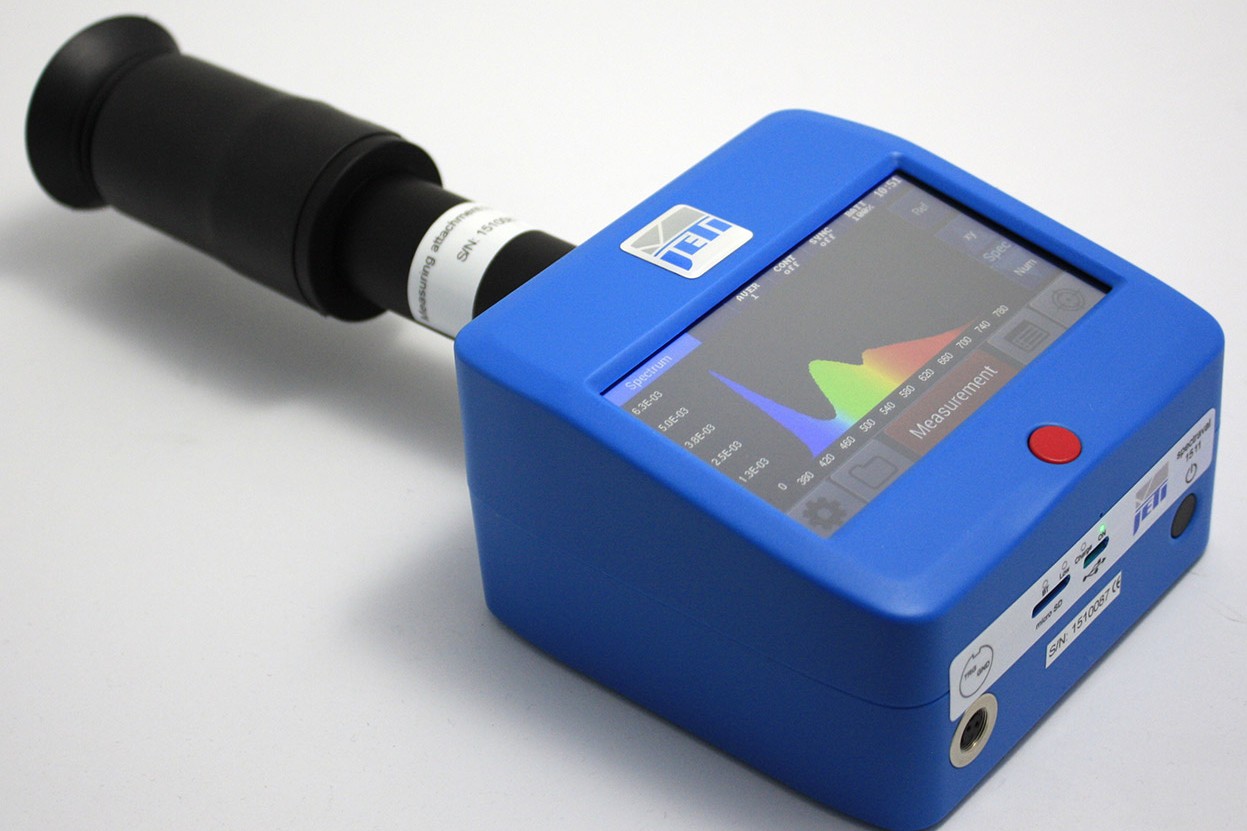
What is a spectroradiometer? A spectroradiometer is a scientific instrument used to measure the intensity of light across different wavelengths. Spectroradiometers are essential in fields like astronomy, environmental science, and colorimetry. They help scientists understand the spectral composition of light sources, whether natural or artificial. These devices can be used to study everything from the light emitted by stars to the quality of light in a classroom. Spectroradiometers are also crucial in industries like agriculture, where they monitor plant health by analyzing light absorption. In essence, a spectroradiometer provides a detailed fingerprint of light, making it an invaluable tool for researchers and professionals alike.
What is a Spectroradiometer?
A spectroradiometer measures the spectral power distribution of a light source. It’s a crucial tool in various fields like environmental science, astronomy, and even agriculture. Let’s dive into some fascinating facts about this device.
-
Spectroradiometers measure light intensity across different wavelengths, providing a detailed spectrum.
-
They are used to monitor environmental changes by measuring sunlight and its effects on ecosystems.
-
In astronomy, spectroradiometers help identify the composition of stars and planets by analyzing their light spectra.
-
These devices are essential in agriculture for optimizing plant growth by measuring light quality and quantity.
-
Spectroradiometers can detect pollutants in the atmosphere by analyzing the light absorption of different gases.
How Does a Spectroradiometer Work?
Understanding the working mechanism of a spectroradiometer can be quite intriguing. It involves capturing light, dispersing it into its component wavelengths, and then measuring the intensity of each wavelength.
-
A spectroradiometer uses a diffraction grating to separate light into its component wavelengths.
-
The device then measures the intensity of each wavelength using a detector, often a photodiode array.
-
Calibration is crucial for accurate measurements, often involving known light sources or reference standards.
-
Spectroradiometers can measure both natural and artificial light sources, making them versatile tools.
-
Data from spectroradiometers are often used in conjunction with other instruments for comprehensive analysis.
Applications in Environmental Science
Spectroradiometers play a significant role in environmental science, helping researchers understand various natural phenomena and human impacts on the environment.
-
They monitor solar radiation, which is vital for studying climate change and weather patterns.
-
Spectroradiometers help in assessing the health of aquatic ecosystems by measuring light penetration in water bodies.
-
They are used in remote sensing to gather data about vegetation health and land use changes.
-
These devices can detect harmful algal blooms by analyzing the light reflected from water surfaces.
-
Spectroradiometers contribute to the study of atmospheric conditions by measuring the scattering and absorption of sunlight.
Role in Astronomy
In astronomy, spectroradiometers are indispensable for studying celestial objects. They provide insights into the composition, temperature, and movement of stars and planets.
-
They help identify the chemical elements present in stars by analyzing their spectral lines.
-
Spectroradiometers measure the redshift of distant galaxies, aiding in the study of the universe's expansion.
-
They can detect exoplanets by observing the light spectrum changes as a planet passes in front of its star.
-
These devices help determine the age and lifecycle of stars by analyzing their spectra.
-
Spectroradiometers are used in telescopes to enhance the quality of astronomical observations.
Importance in Agriculture
Agriculture benefits immensely from the use of spectroradiometers. They help farmers optimize crop yields and ensure sustainable farming practices.
-
They measure the quality of light in greenhouses, ensuring plants receive optimal wavelengths for growth.
-
Spectroradiometers help in selecting the best locations for planting by analyzing sunlight availability.
-
They monitor the effects of different light treatments on plant growth and development.
-
These devices assist in precision agriculture by providing data for targeted irrigation and fertilization.
-
Spectroradiometers can detect plant stress early by analyzing changes in light absorption and reflection.
Technological Advancements
Technological advancements have made spectroradiometers more accurate, portable, and user-friendly. These innovations have expanded their applications and improved their performance.
-
Modern spectroradiometers are often equipped with wireless connectivity for real-time data transmission.
-
Portable spectroradiometers allow for field measurements, making them convenient for on-site analysis.
-
Advances in detector technology have increased the sensitivity and accuracy of these devices.
-
Software improvements have made data analysis more accessible and comprehensive.
-
Integration with other instruments, like drones and satellites, has enhanced the capabilities of spectroradiometers.
-
Future developments may include even more compact designs and enhanced spectral resolution, broadening their application scope.
Spectroradiometers: A Quick Recap
Spectroradiometers are essential tools in various fields like astronomy, environmental science, and manufacturing. They measure light's spectral power distribution, helping scientists understand everything from star compositions to plant health. These devices are crucial for ensuring the accuracy of LED lighting and display screens.
Understanding how spectroradiometers work can help you appreciate their role in technology and science. They break down light into its component wavelengths, providing detailed information about its properties. This data is invaluable for research and quality control.
Whether you're a student, a professional, or just curious, knowing these facts can give you a better grasp of the world around you. Spectroradiometers might seem complex, but their impact is straightforward and significant. Keep these facts in mind, and you'll see the light—literally and figuratively—in a whole new way.
Was this page helpful?
Our commitment to delivering trustworthy and engaging content is at the heart of what we do. Each fact on our site is contributed by real users like you, bringing a wealth of diverse insights and information. To ensure the highest standards of accuracy and reliability, our dedicated editors meticulously review each submission. This process guarantees that the facts we share are not only fascinating but also credible. Trust in our commitment to quality and authenticity as you explore and learn with us.
